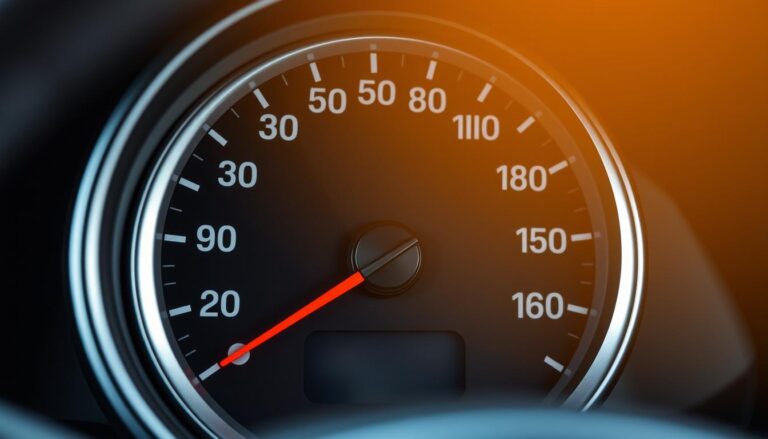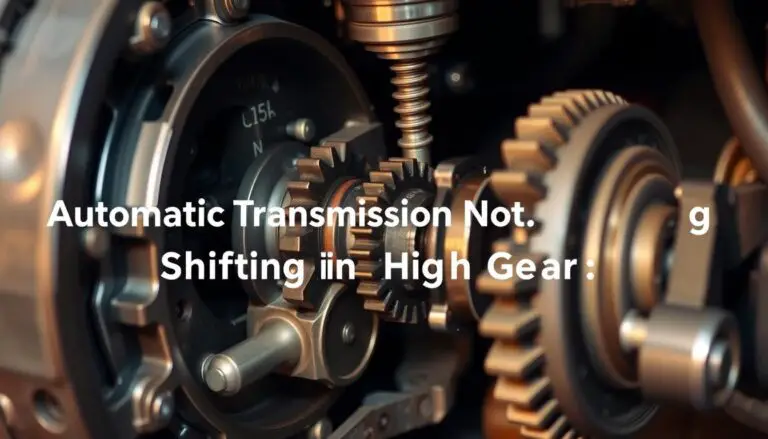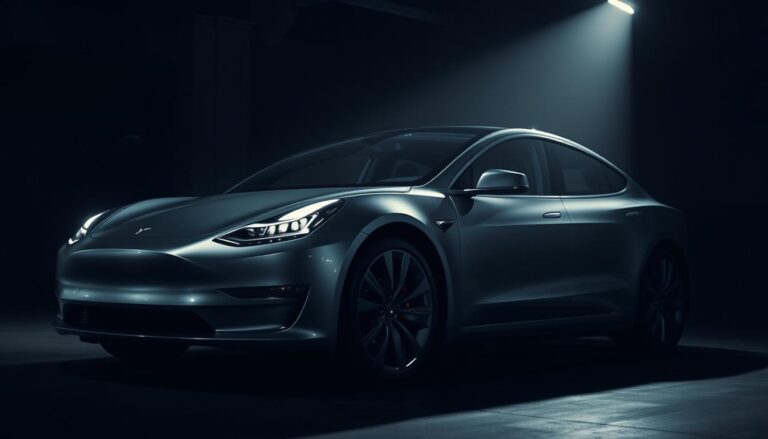The Tesla Model3, a paragon of automotive innovation, integrates advanced technology, including a plethora of USB ports. These ports are pivotal for charging devices and facilitating the connection of accessories. A comprehensive understanding of their layout is imperative for optimizing the vehicle’s capabilities.
USB ports in the Tesla Model3 are meticulously positioned to offer both convenience and accessibility. Whether the task involves charging a smartphone, connecting a flash drive, or utilizing other USB-based accessories, the precise identification of these ports significantly augments the driving experience.
As electric vehicles progress, the significance of USB connectivity becomes increasingly evident. It not only enables the utilization of diverse devices but also underpins the vehicle’s software updates and data exchange.
Key Takeaways
- Multiple USB ports are available in the Tesla Model3 for various uses.
- Understanding USB port locations enhances the driving experience.
- USB connectivity supports device charging and data transfer.
- Strategic placement of USB ports ensures convenience and accessibility.
- USB ports play a crucial role in the vehicle’s functionality and software updates.
Tesla Model3 USB Ports Overview
The Tesla Model 3, a vanguard in the realm of electric vehicles, is endowed with USB ports of paramount importance. These ports transcend mere charging functions, assuming a pivotal role in facilitating data exchange and connectivity within the vehicle’s entertainment system.

The Importance of USB Ports in Electric Vehicles
USB ports in electric vehicles, exemplified by the Tesla Model 3, hold significant value. They empower drivers to charge their devices en route, ensuring that smartphones, GPS systems, and other critical items remain operational. Simultaneously, these ports enable data transfer, allowing for the seamless update of maps, software, and entertainment content.
The significance of USB ports is amplified by their contribution to advanced functionalities such as dashcam and Sentry Mode. These features, reliant on external storage devices connected via USB, underscore the ports’ indispensable role.
Tesla’s USB Port Evolution Across Model Years
Tesla has progressively refined and augmented the USB port configurations across Model 3 model years. For example, newer iterations may incorporate additional USB-C ports, enabling expedited charging and data transfer. For the most current and precise Tesla Model 3 specifications, including USB port configurations, refer to carwow.co.uk.
Noteworthy transformations include the transition from USB-A to USB-C ports, mirroring the industry’s trend towards swifter and more adaptable connectivity solutions. Grasping these evolutions is imperative for Tesla proprietors to guarantee device compatibility and to fully exploit their vehicle’s capabilities.
Where Are the USB Ports in a Tesla Model3
Locating the USB ports in your Tesla Model 3 can significantly improve your driving experience. The Tesla Model 3 is equipped with multiple USB ports, designed to meet the needs of both drivers and passengers. This ensures that devices remain charged throughout your journey, enhancing overall convenience.

Front Console USB Ports
The front console of your Tesla Model 3 contains USB ports accessible to the driver and front passenger. These ports serve for charging devices and data transfer. Typically, a USB-C port is present, offering faster charging capabilities.
Center Console USB Ports
The center console of the Tesla Model 3 also features additional USB ports. Strategically positioned for driver and passengers, these ports facilitate device charging during extended drives. The number and type of USB ports may vary based on the model year and configuration.
Rear Seat USB Ports
Rear seat passengers benefit from USB ports provided by Tesla. These ports are located in the back of the center console or on the rear seat armrest. This ensures rear passengers can keep their devices charged conveniently.
Glovebox USB Port
Some Tesla Model 3 configurations include a USB port within the glovebox. This port supports Tesla features like dashcam functionality, offering a discreet location for a USB drive.
In summary, the Tesla Model 3 offers diverse USB port locations to accommodate various needs. Whether for charging, data transfer, or supporting Tesla’s advanced features, these ports are strategically placed. This ensures a seamless and connected driving experience.
USB Port Functions and Capabilities
The USB ports in the Tesla Model 3 transcend mere charging capabilities, embodying a suite of functionalities that elevate the vehicle’s operational spectrum. These ports are meticulously designed to accommodate a variety of devices, thus ensuring a seamless and enhanced driving experience.
Device Charging Capabilities
The primary objective of the USB ports is to facilitate the charging of devices such as smartphones, tablets, and other accessories. The Tesla Model 3’s USB ports are engineered to deliver an adequate power supply, ensuring rapid device charging.
Fast Charging: Certain USB ports within the Tesla Model 3 support fast charging, enabling devices to achieve a more expedited charging state compared to conventional charging ports.
Data Transfer and Media Playback
Beyond charging, the USB ports serve as conduits for data transfer and media playback. Users can connect their devices to these ports, enabling data exchange or media playback through the vehicle’s infotainment system.
Media File Compatibility: The Tesla Model 3 accommodates a diverse array of media file formats, facilitating effortless enjoyment of preferred music or videos.
Dashcam and Sentry Mode Storage
The USB ports also facilitate the storage of footage captured by the Tesla Model 3’s dashcam and Sentry Mode. A compatible USB drive is imperative for this functionality.
Recommended USB Drives: Tesla advocates for the utilization of high-quality, high-capacity USB drives to guarantee adequate storage for dashcam and Sentry Mode footage.
Wireless Phone Charging Integration
The Tesla Model 3 incorporates wireless phone charging, seamlessly integrated with the USB ports. This feature enables convenient charging without the necessity for cables.
Compatibility: It is crucial to verify that your phone is compatible with wireless charging to fully benefit from this feature.
| USB Port Function | Description | Benefits |
|---|---|---|
| Device Charging | Charges smartphones and other devices | Convenient, fast charging |
| Data Transfer | Transfers data between devices | Easy data management |
| Media Playback | Plays media files through the infotainment system | Enhanced in-car entertainment |
| Dashcam and Sentry Mode | Stores footage for safety features | Increased security and peace of mind |
USB Port Specifications and Compatibility
The Tesla Model 3’s USB ports transcend mere charging functions; their technical specifications and compatibility are pivotal to the overall Tesla experience. As Tesla innovates, grasping these elements becomes essential for owners aiming to optimize their vehicle’s functionalities.
USB-A vs. USB-C in Different Model Years
Tesla’s transition from USB-A to USB-C ports across Model 3 production years is noteworthy. Initial models predominantly featured USB-A ports, whereas subsequent versions, notably those from 2020 onwards, have adopted USB-C ports. This shift mirrors the broader industry trend towards swifter and more adaptable connectivity solutions.
| Model Year | Primary USB Port Type | Notable Features |
|---|---|---|
| 2017-2019 | USB-A | Basic charging and data transfer |
| 2020+ | USB-C | Faster charging, higher data transfer rates |
Power Output and Charging Speeds
The power output and charging speeds of Tesla Model 3 USB ports exhibit variability. Generally, USB-C ports facilitate quicker charging than their USB-A counterparts. Tesla’s implementation ensures efficient device charging, albeit the precise power output hinges on the model year and specific vehicle configuration.
“The shift to USB-C in newer Tesla models reflects a broader industry trend towards faster, more capable charging solutions.” – Automotive Tech Review
Recommended USB Drives for Tesla Features
For Tesla features such as the dashcam and media playback, the selection of an appropriate USB drive is critical. Owners should prioritize drives with adequate storage capacity and Tesla system compatibility. Drives formatted in FAT32 are commonly advised for their broad compatibility.
By comprehending the specifications and compatibility of USB ports in the Tesla Model 3, owners can enhance their vehicle’s functionality. This ensures a more integrated and pleasurable driving experience.
USB Port Accessories and Upgrades
Enhancing the USB ports in your Tesla Model 3 is a task that can be accomplished with the appropriate accessories. Tesla’s ongoing innovation has prompted owners to seek enhancements, notably in the realm of USB ports.
The Tesla Model 3, akin to many contemporary vehicles, heavily depends on its USB ports for a multitude of functions. These include charging devices and supporting advanced functionalities such as dashcam and Sentry Mode. As a result, there is a burgeoning market for accessories designed to augment or expand these ports.
USB Hubs and Splitters for Tesla Model 3
One of the most practical accessories for Tesla Model 3 owners is USB hubs and splitters. These devices enable owners to increase the number of available USB ports. This facilitates the charging of multiple devices concurrently or the connection of several accessories simultaneously.
Key Benefits of USB Hubs:
- Expanded connectivity for multiple devices
- Enhanced charging capabilities
- Support for various Tesla features
When choosing a USB hub, it is crucial to consider compatibility with your Tesla Model 3’s USB port specifications. It is also important to evaluate the power output required for your devices.
USB Port Retrofit Options
For older Tesla Model 3 models, retrofit options are available to upgrade the USB ports to the latest standards, such as USB-C. This upgrade not only improves compatibility with newer devices but also enhances charging speeds.
| Retrofit Option | Benefits |
|---|---|
| USB-C Upgrade | Faster charging, newer device compatibility |
| Additional USB Ports | Increased connectivity, convenience |
Retrofitting can be a cost-effective method to update your Tesla Model 3 with the latest USB technology. This enhances both functionality and future-proofing your vehicle.
“The right accessories can transform your Tesla Model 3’s USB ports into a powerhouse of connectivity and convenience.”
Third-Party USB Accessories
Beyond official Tesla accessories, there are numerous third-party options available to enhance your Tesla Model 3’s USB ports. These include high-quality USB cables and innovative storage solutions tailored for Tesla’s ecosystem.
When exploring third-party accessories, it is essential to focus on products that are not only compatible with your Tesla Model 3 but also meet your specific needs. Whether it’s faster charging, expanded storage, or enhanced connectivity, the right choice is crucial.
Conclusion
The Tesla Model3, a paragon of modern automotive innovation, boasts an array of USB ports, meticulously positioned to facilitate both driver and passenger convenience. The significance of comprehending the locations and functionalities of these ports cannot be overstated, as it directly impacts the overall utility of the vehicle.
By acquiring a thorough understanding of the USB port locations, users can seamlessly charge their devices, exchange data, and harness Tesla’s cutting-edge functionalities, including dashcam and Sentry mode. The adaptability of the Model3’s USB ports is noteworthy, accommodating a wide range of devices and applications.
Whether one is a regular commuter or an occasional driver, the knowledge of USB port locations and their roles significantly enriches the Tesla ownership experience. This insight empowers users to maintain connectivity, entertainment, and safety during their journeys.
FAQ
What are the USB port locations in a Tesla Model3?
The Tesla Model3’s USB ports are strategically positioned within the vehicle. They can be found in the front console, the center console, the rear seats, and the glovebox. The exact distribution and type of ports may fluctuate based on the model year.
Can I use any USB drive with my Tesla Model3?
Tesla advises against the use of generic USB drives, advocating for specific models that align with their proprietary features. Utilizing incompatible drives may lead to diminished functionality or complete device non-recognition.
How do I charge my devices using the USB ports in my Tesla Model3?
To initiate charging, simply insert your device into the USB port. The charging rate will be contingent upon the port’s type and the device’s specifications.
Can I use the USB ports in my Tesla Model3 for data transfer?
Affirmatively, the USB ports in your Tesla Model3 facilitate data transfer. This capability enables the transfer of files between devices or the playback of media from a USB drive.
Are there any USB port retrofit options available for older Tesla Model3 models?
Affirmative, there exist retrofit solutions designed to upgrade the USB ports in older Tesla Model3 variants to newer configurations, such as USB-C.
Can I use a USB hub or splitter with my Tesla Model3?
Yes, the integration of a USB hub or splitter with your Tesla Model3 is feasible. This allows for the expansion of available USB ports, enabling the simultaneous connection of multiple devices.
What is the difference between USB-A and USB-C ports in Tesla Model3?
USB-A and USB-C ports exhibit distinct design, functionality, and compatibility characteristics. USB-C ports are distinguished by their enhanced speed and versatility, whereas USB-A ports are ubiquitous and widely supported.
How do I know which USB drives are compatible with my Tesla Model3?
Tesla offers guidance on compatible USB drives through their website or the owner’s manual. For additional information, Tesla support can be consulted.


